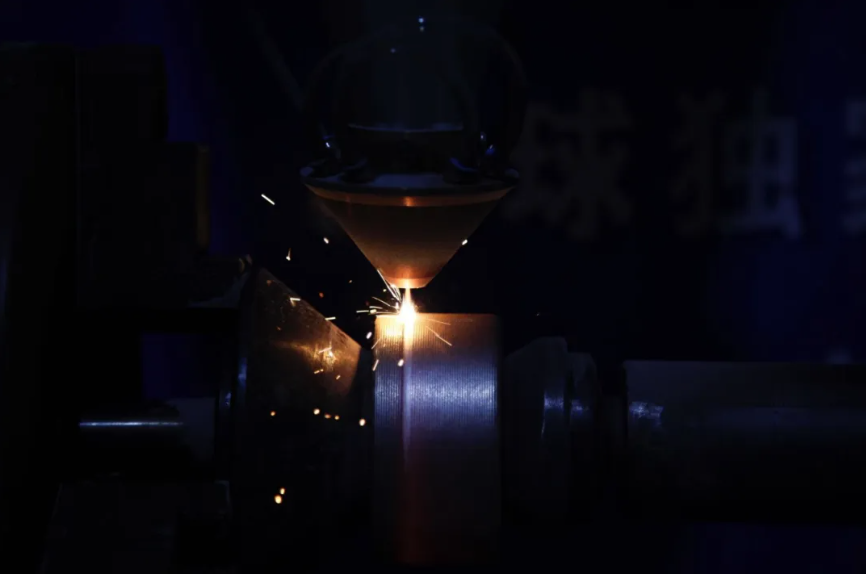Laser Intensity Noise Measurement
Since laser intensity noise often sets the performance limits of experiments, it is important to characterize it for good results. Low noise, high sensitivity photoreceivers are invaluable when making such measurements. Optical receivers provide an ideal solution for this application. They combine scatter-grain noise-limited performance, high conversion gain, and wide bandwidth to make noise measurements easy to perform.
Figure 1 shows a typical setup for measuring laser intensity noise. The laser output is attenuated to unsaturate the photodetector and focus it onto the photoreceiver. It is important to ensure that the photodetector is not overfilled. This can lead to undesired noise coupling as mechanical vibrations cause the photodetector to see varying amounts of laser light. These acoustic frequencies will give false peaks in the amplitude noise spectrum.
The output of the photodetector is then sent to the spectrum analyzer. It is very common for the equivalent input noise of the spectrum analyzer to be greater than the scattered grain noise of the optical receiver. In this case, adding a low-noise preamplifier is helpful. Test if the spectrum analyzer is limiting your measurements by powering down the photodetector. The noise level should be reduced by at least 10 dB to test that the measured noise is laser noise (and not photodetector noise), and block the light from the photodetector. The noise level should again be reduced by at least 10 dB.
Intensity noise can be easily measured using a spectrum analyzer. The best way to display laser intensity noise is as a linear spectral density. In this measurement, the amount of noise generated in a given measurement bandwidth is measured and normalized to the square root of that bandwidth. Some spectrum analyzers automatically convert to spectral density units (V/Hz½). Unfortunately, many high-frequency models do not. If the spectrum analyzer does not measure the spectral density directly, the spectrum must be divided by the square root of the measured noise equivalent bandwidth. The noise equivalent bandwidth as a function of the resolution bandwidth is usually specified in the spectrum analyzer's user manual.
The measured noise spectral density SV(ω) can now be converted to power fluctuations (SI(ω) in W/Hz½) or common relative intensity noise (in 1/Hz½). Power fluctuations are related to the measured spectral density of voltage noise measured with the spectrum analyzer:
where G is the conversion gain of the optical receiver at the laser wavelength (in V/W) and AV is the preamplifier gain (in V/V). For maximum accuracy, these parameters should be measured independently. rin is related to the spectral density of the voltage noise.
where VDC is the DC voltage at the spectrum analyzer input. While RIN is a useful measure of noise in laser technology, it is a deceptive measure of quantum finite noise (e.g., scattering grain noise). The reason for this is that laser power fluctuations, such as relaxation oscillations in solid-state lasers, are inherent in the laser output and will be accurately measured after optical decay. In contrast, the scattering grain noise-limited RIN (equal to (2q/IDC)½, where q is the charge on the electrons and IDC is the DC photocurrent) depends on the (arbitrary) photocurrent at the time the measurement is performed. Therefore, it makes no sense to state that the optical signal is “scattering noise limited” at a particular frequency unless the detection current is specified.
Reading more at https://www.mrj-lasermark.com/info/






Comments
Post a Comment